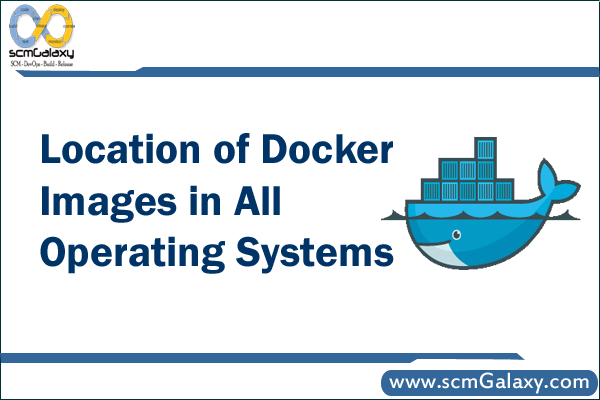
Location of Docker images in all Operating Systems (Linux, Windows, Redhat, Mac OS X)



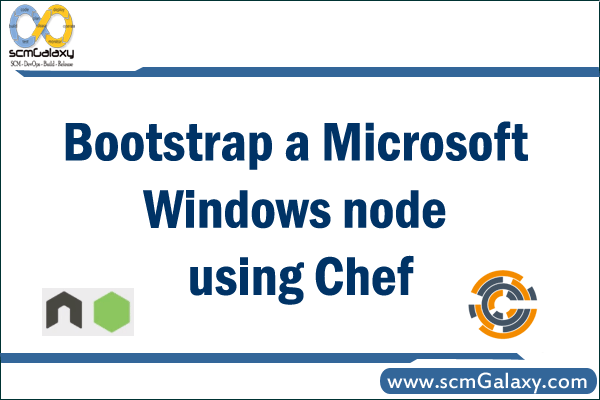
Bootstrap a Microsoft Windows node, the “knife windows” plugin is required,
More info about knife window tool, http://docs.chef.io/plugin_knife_windows.html
knife bootstrap windows winrm uvo1eak9a5geec05f7z.vm.cld.sr –winrm-user administrator –winrm-password ‘Rx4m7W4PQu’ –node-name firefox_win –run-list ‘recipe[snc_firefox]’
nife bootstrap windows winrm uvo1eak9a5geec05f7z.vm.cld.sr -x administrator -P Rx4m7W4PQu
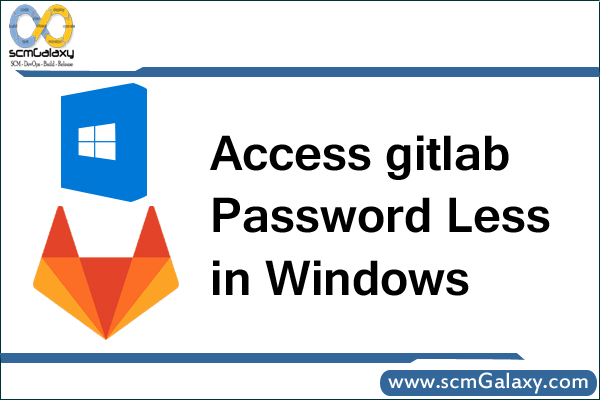
Step 1- Generate a public/private key using puttygen
Step 2- Add .ssh folder to your command line path
By following command..
set HOME=%USERPROFILE%
or
add into user system variable.
HOME=%USERPROFILE%
And you are good to go. Comment if you face any issues?
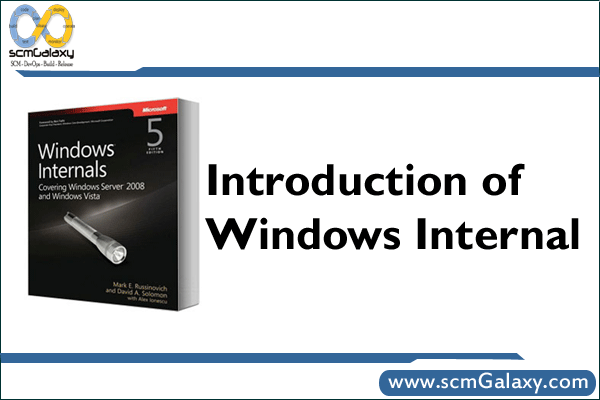
Windows Resource Kits
The Microsoft® Windows Resource Kit Tools are a set of tools to help administrators streamline management tasks such as troubleshooting operating system issues, managing Active Directory®, configuring networking and security features, and automating application deployment.
Task and Responsibilities
About the Windows Server 2003 Resource Kit
Once you have download and installed the resource kit (very easy process), you are pretty much set up, now all you need to do it work with each tool so you know what they can do, and that’s the intention of this article series.
After the installation, go to Start => All Programs => Windows Resource Kit Tools => Command Shell
Download – http://www.microsoft.com/en-us/download/confirmation.aspx?id=17657
If you do a dir, you will see the directory listing for all the files listed here. Each file has a brief description of what it does:
Clearmem.exe: Clear Memory
Compress.exe: Compress Files
Confdisk.exe: Disk Configuration Tool
Consume.exe: Memory Consumers Tool
Dh.exe: Display Heap
Delprof.exe: User Profile Deletion Utility
Diskuse.exe: User Disk Usage Tool
Gpmonitor.exe: Group Policy Monitor
Instsrv.exe: Service Installer
Memmonitor.exe: Memory Monitor
Vrfydsk.exe: Verify Disk
Reference – http://www.windowsnetworking.com/articles-tutorials/windows-2003/Windows-Server-2003-Resource-Kit.html
What is Windows Service?
Windows Service applications run for a long time and are mostly used in server environments therefore they are usually called long-running applications. Capability to create windows service is one of the powerful features of .net.
Windows Service applications do not have any user interface or they do not produce any visual output. Services can run in the background while a user is performing or executing any other task in the foreground. If any user messages are generated, they are written to the Windows Event Log.
Windows Services are controlled by the Service Control Manager that helps to start, stop or pause the windows service, as needed.
Examples of windows services include task scheduling, running message queues, file indexing, plug and play device detection etc.
In the source code, Windows Service extends the System.ServiceProcess.Service class.
All Windows Services that are built in .NET need to extend this class. Visual studio includes the following methods by default, which are overridden by the service when it is created.
Dispose – clean up any managed and unmanaged resources
OnStart – control the service startup
OnStop – control the service stoppage
How to create Windows Service?
Windows troubleshooting For Build Issues
Chkdsk
The Windows Chkdsk (check disk) utility can find and fix common problems with disks and storage devices.
Disk Cleanup utility
The Disk Cleanup utility is a simple tool in Windows XP and Windows Vista that can remove temporary files from your PC, thus freeing up hard disk space.
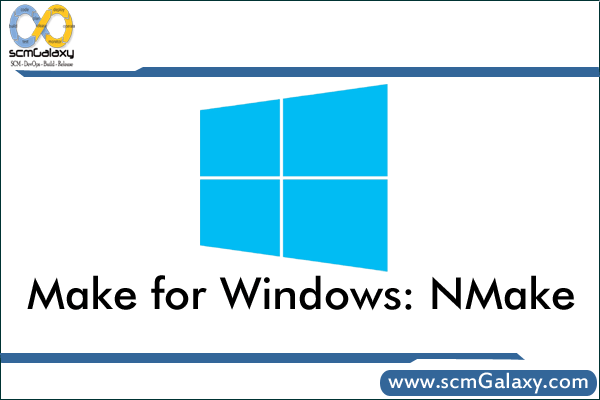
Make for Windows: NMake
What is Nmake?
NMAKE is Microsoft’s implementation of the make tool. The Microsoft Program Maintenance Utility (NMAKE.EXE) is a 32-bit tool that builds projects based on commands contained in a description file.
Another definition found on web as well
nmake is the “make” program for Visual Studio. A “make” program builds (makes) an executable and/or package by reading a set of “make” files. These files are essentially scripts that specify what is to be made, what files (header, source code, resource) are needed for each output file, etc. So nmake can be used to completely automate the process.
A frequently asked question: “Where can I find make for Windows?“. The answer is: “Download and use NMake“.
Downloading NMake
http://support.microsoft.com/default.aspx?scid=kb;en-us;Q132084
Direct Downloan Link of Nmake
http://download.microsoft.com/download/vc15/patch/1.52/w95/en-us/nmake15.exe
Installing NMake
Run the downloaded executable to extract the files. Copy both the NMAKE.EXE and the NMAKE.ERR file to your Perl bin directory, normally C:\Perl\bin. Make sure that you copy the NMAKE.ERR file as well.
1. Download nmake15.exe
2. Double click on nmake15.exe. It will generate 3 files: nmake.exe, nmake.err and readme.txt.
3. Copy nmake.exe and nmake.err to \perl\bin, which is where ActivePerl executable files are located.
4. Now try the nmake command in a command window. If you see the following message, NMake 1.5 is installed correctly:
>nmake
Microsoft (R) Program Maintenance Utility Version 1.50 Copyright (c) Microsoft Corp 1988-94. All rights reserved.
NMAKE : fatal error U1064: MAKEFILE not found and no target specified Stop.
Example of an NMake session
Normally building Perl modules and installing them consist of the following steps:
perl Makefile.pl
make
make test
make install
Reference:
http://msdn.microsoft.com/en-us/library/dd9y37ha%28v=vs.71%29.aspx
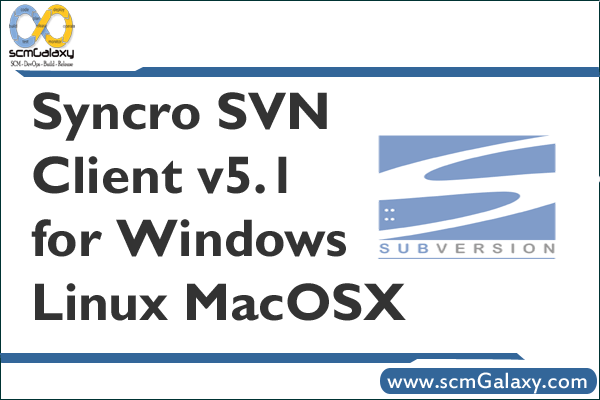
Syncro SVN Client makes easier the document and code sharing between content authors or developers. This multiplatform Subversion front-end allows you to browse repositories, check for changes, commit changes, update your working copy and examiner the revision history. The Syncro SVN Client was initially developed as an embedded application in the XML Editor and starting with version 8.1 of the editor it is available also as a separate product.
Features
• Why Subversion?
– The advantages of the SVN version control system that recommend it as a replacement for the CVS system.
• Flexible Layout of the User Interface
– The layout of the user interface can be arranged by dragging dockable and floating views in the window and outside the window of the application.
• SVN Repository
– Special view for managing SVN repositories accessed through different protocols: SVN, SVN+SSH, HTTP(S).
• SVN Resource History
– The History view contains the revision number, author name, commit message and date of each revision of a file or folder from the SVN repository.
• Local Working Copy of a SVN Repository
– Each author that shares the SVN repository with other authors works on local versions of the repository resources called a working copy of the repository. The changes applied to the local copy of the repository must be synchronized with the repository hosted on the SVN server.
• Author Information at Line Level
– For each line of a file stored on a SVN server the author (user name) and the revision number of the last change applied to that line is displayed.
• Check Differences Between Local Version and Repository Version
– Compare the local working copy version of a file with the SVN repository version.
• Visual Conflict Editing
– Visually edit the conflicts generated in the local version of a file by an update operation.
• Revision Graph
– The history of a SVN resource can be viewed as a graph in which a node represents one revision of the resource committed to the trunk or a branch of the SVN repository.
• Directory Change Set
– The Directory Change Set view presents a set with all the resources changed between two revision numbers of a SVN folder.
• Integration with Bug Tracking Tools
– The commit message can include a bug ID which links the committed revision with a bug tracking tool. Special SVN properties configure the format and location of the bug ID in the commit message.
Home Page – http://www.syncrosvnclient.com/
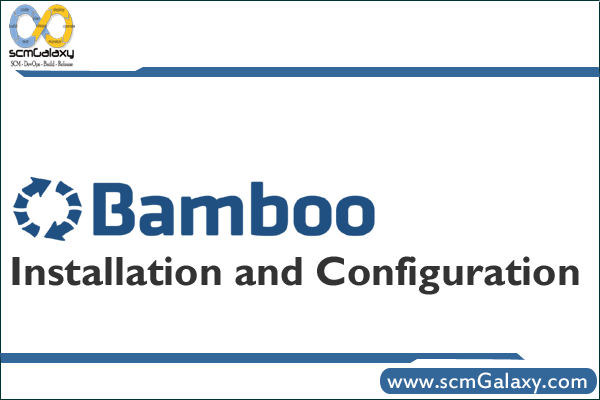
Bamboo is available in two ‘distributions’ — Standalone or EAR-WAR. The Standalone distribution is recommended (even for organisations with an existing application server environment).
Standalone Installation Guide — Windows
· Download Bamboo Standalone for Windows. Bamboo Standalone for Windows is available for download from the Bamboo Download Center. Choose the Windows Installer (.exe) download.
· Launch the Bamboo Windows installer (atlassian-bamboo-x.x-standalone.exe) to begin the installation wizard.
· The installer requires you to specify two directories:
Bamboo installation directory — This is the directory where Bamboo’s application files will be installed. The default is:
C:/Program Files/Bamboo
Bamboo home directory — This is the directory where Bamboo will store its configuration data. If the directory you specify doesn’t exist, Bamboo will create the directory when it launches. The default is:
C:/Documents and Settings//Bamboo-home
Note: You must use forward-slashes in your directory path. Backslashes are not recognised by Bamboo. Please ensure that the Bamboo home directory is not located inside the Bamboo installation directory
· Download Bamboo Standalone for Windows. Bamboo Standalone for Windows is available for download from the Bamboo Download Center. Choose the ZIP Archive (.zip) download (click the ‘Show all‘ link to show the ‘ZIP Archive‘ download link).
· Extract the files from the ZIP Archive (atlassian-bamboo-x.x-standalone.zip) to a Bamboo installation directory of your choice. By default, the root directory in your zip file is named “Bamboo”.
· Set up your Bamboo home directory — this is the directory where Bamboo will store its root configuration data. To do this, edit the file named bamboo-init.properties in the Bamboo/webapp/WEB-INF/classes directory. In this file, insert the property “bamboo.home”, with an absolute path to your Bamboo home directory. Your file should look something like this:
bamboo.home=C:/test/bamboo-home
Alternatively, you can specify an environment variable ‘BAMBOO_HOME’ which specifies the absolute path to your {BAMBOO_HOME} directory. Bamboo will check if an environment variable is defined.
· If you are going to use Bamboo remote agents, set the following in the bamboo-init.properties file in the /webapp/WEB-INF/classes directory:
bamboo.jms.broker.uri=tcp://localhost:54663
Launch via the Start Menu
If you have used the ‘Windows Installer’ to install Bamboo, you can start Bamboo via the Start Menu in Windows (generally under the ‘Bamboo’ folder by default). The following options will be available in your Start Menu:
You can run Bamboo in two modes, either in a Windows console or as a Windows service:
Launch via batch file
You can start Bamboo via the batch files that are shipped with Bamboo. If you have installed Bamboo via the ZIP Archive, you will need to use the batch files to start Bamboo. You can find the following batch files in your installation directory:
You can run Bamboo in two modes, either in a Windows console or as a Windows service:
For more details on Installation and Configuration, please review following links
http://confluence.atlassian.com/pages/viewpage.action?pageId=55246864
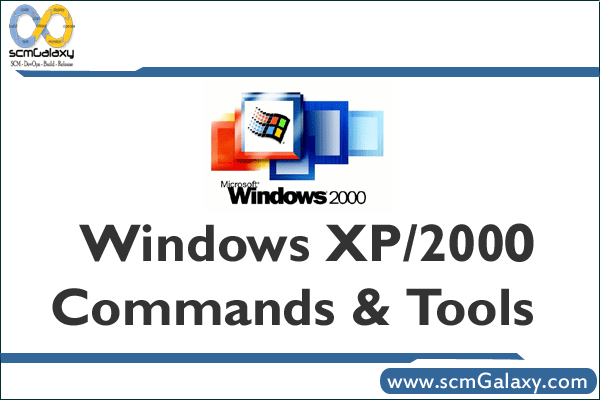
Here’s the ultimate Windows XP/2000 command list that will make any Linux user feel at home at the command prompt. A lot of these commands are intended for administrating a network, but they are great for savvy home users as well. We even listed which OS you need for these commands.
Many thanks to the digg users who ‘dugg’ our site and care to leave comments of helpful commands that we have left out!